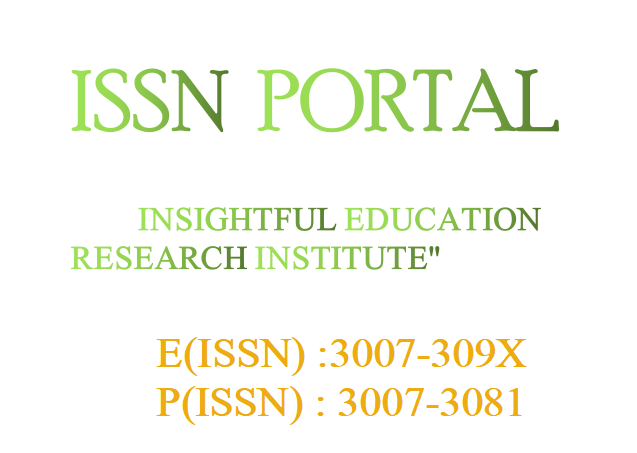TO EXPLORE THE EPIDEMIOLOGICAL CHARACTERISTICS OF RESPIRATORY PATHOGENS IN CHILDREN WITH ACUTE RESPIRATORY INFECTIONS IN JINZHOU IN 2023
DOI:
https://doi.org/10.62019/7yxghq74Keywords:
Co-Infection, Paediatric Epidemiology, Acute Respiratory Infections, Respiratory Pathogen, Severity, Hospitalization, Cluster Analysis, JinzhouAbstract
Background: Acute respiratory tract infections (ARTIs) continue to be the main cause of morbidity and hospitalization in paediatric populations. Knowledge of the prevalence and clinical consequences of respiratory pathogens and age-specific pathogens, most specifically as a part by age group, is critical to public health interventions.
Objective: To investigate the epidemiologic features, severity rates, co-infection rates, and clinical outcome of respiratory pathogens in children with ARTIs in Jinzhou in 2023.
Methods: A cross-sectional study that incorporated the use of simulated data of 1000 children, ranging in age between 0 and 144 months and presenting with ARTIs, was used. Among statistical tests, there was the use of the Chi-square test, Kruskal-Wallis’ test, Pearson and Spearman correlation, logistic regression, the independent samples t-test, and the K-means cluster analysis. The clinical measures included age, length of symptoms, number of hospitalization days, vaccination status, co-infection, and pathogen type.
Results: Chi-square analysis resulted in a significant relationship between the age group and the extent of illness (p < 0.001), and in this case, infants showed higher levels of infections. Kruskal-Wallis’ chi-square test revealed that there was significant variation among the three levels of severity in terms of the duration of the symptoms (p = 0.0038). The correlation revealed no significant correlation between age and the symptom duration (Pearson r = -0.049, p > 0.1). Logistic regression showed a non-significant but positive connection between co-infection and severe illness. In the updated t-test p value was significantly different between the hospitalization days in co-infected and non-co-infected children (t = 14.32, p < 0.001). There were three patient profiles that were determined by cluster analysis according to age, symptom duration, and hospital stay.
Conclusion: Younger kids, especially those in the infant age group, are prone to serious respiratory tract infections and chronic sickness. Co-infection accounts for a huge hospitalization burden. The results also indicate a possible need to adopt early screening measures, age-related management, and comprehensive monitoring systems to enhance future respiratory health outcomes in the paediatric population.







